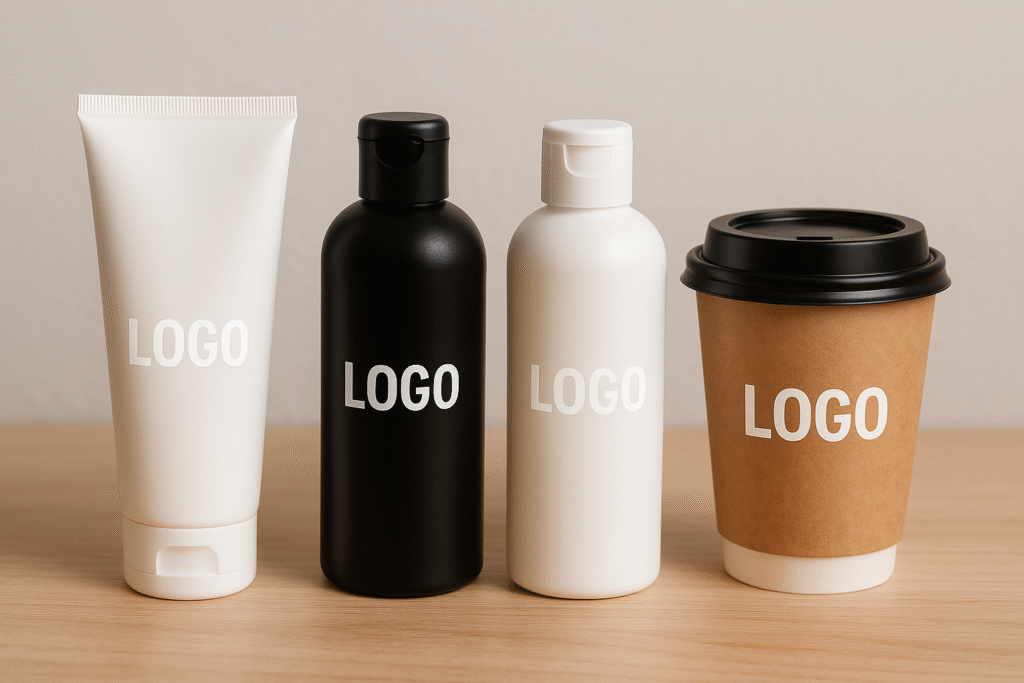
In a world where businesses are constantly bombarded with digital ads, social media content, and email marketing, finding a cost-effective strategy that creates a lasting impression is critical. That’s where promotional items come in. These branded items offer a tangible connection between businesses and their customers.
What Is ROI in Promotional Marketing?
Return on Investment (ROI) measures the profit or benefits gained relative to the cost spent on a campaign or product. In the case of promotional merchandise, ROI includes factors such as:
- Brand exposure over time
- Customer retention and loyalty
- Lead generation and conversions
- Cost per impression (CPI)
The real value lies in how long a customer keeps and uses the promotional items, turning it into a mobile advertisement that generates impressions for months or even years.
Why Promotional Items Deliver High ROI
1. Low Cost Per Impression
Unlike digital ads that disappear when your budget ends, promotional items continue working long after they’re distributed. A branded tote bag, for instance, may be seen by hundreds of people as it’s used at grocery stores or public events. This extended exposure results in a low cost per impression compared to other forms of advertising.
2. Long-Term Brand Visibility
When customers use a branded water bottle, custom notebook, or promotional pen, your logo stays in front of them regularly. Studies show that people tend to keep useful branded merchandise for more than a year. This consistent exposure reinforces your brand and increases recognition and trust.
3. Increased Customer Loyalty
A well-thought-out promotional item doesn’t just advertise—it builds a relationship. Customers appreciate receiving useful, high-quality items, which improves their perception of your brand. This sense of goodwill encourages repeat purchases and word-of-mouth referrals, resulting in higher customer retention and improved lifetime value.
4. Better Engagement at Events
Trade shows, networking events, and local pop-ups are ideal places to showcase custom promotional items. Items like branded tech accessories, custom pens, or t-shirts with your logo help attract visitors to your booth and create a memorable experience. Compared to flyers or brochures, promotional products are far more engaging and likely to be kept.
5. Measurable Marketing Impact
Many small businesses and marketers now include promotional items for brand awareness as part of a measurable campaign. You can track redemption of promo codes, website visits from QR codes, or customer feedback related to the items. This makes it easier to connect product giveaways to actual business results, allowing for a clear assessment of ROI.
Comparing ROI: Promotional Items vs. Other Marketing Channels
| Marketing Method | Average CPI | Longevity | Engagement Level |
|---|---|---|---|
| Digital Ads | High (temporary) | Short (days) | Low |
| Email Marketing | Low to Medium | Short (1-2 days) | Medium |
| Promotional Items | Lowest (long-term) | High (months/years) | High |
As this comparison shows, promotional merchandise offers a longer shelf life and greater engagement at a lower cost per impression, making them a smart investment for small to mid-sized businesses.
Tips for Maximizing ROI from Promotional Items
- Choose quality over quantity – A durable item delivers better impressions over time.
- Target the right audience – Use items your customers will value and use regularly.
- Include a clear call to action – Add your website, social media, or a QR code.
- Track distribution results – Use promo codes or short links to measure impact.
Final Verdict: Are Promotional Items Worth It?
Absolutely. When used strategically, the ROI of promotional items can outshine many traditional and digital marketing efforts. They provide long-term exposure, strengthen customer relationships, and create lasting impressions—often for a fraction of the cost of other channels.
For small businesses looking to build brand awareness, drive loyalty, and generate buzz, branded promotional items are not just worth the investment—they’re essential.

